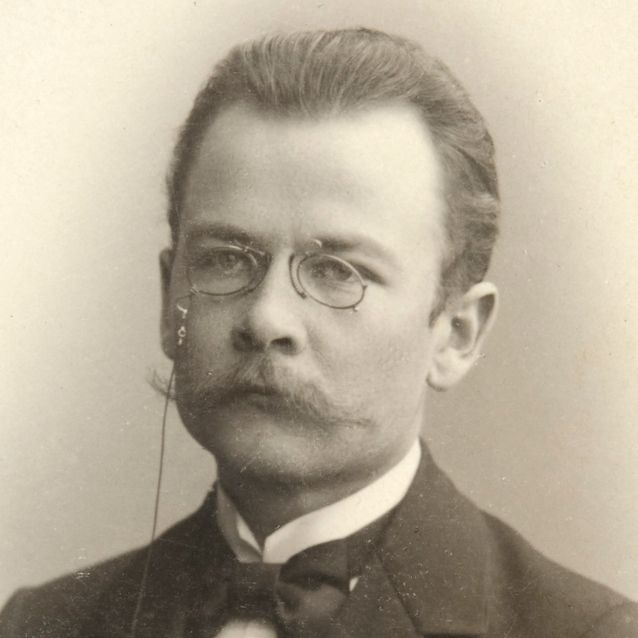Artturi Kannisto
Born May 12, 1874, Kylmäkoski. Died March 10, 1943, Helsinki.
Bachelor of Arts, 1899, Master of Arts, 1900, Licentiate of Philosophy, 1919, Doctor of Philosophy, University of Helsinki
Docent teacher, Finno-Ugrian Languages, 1920–1907, Supernumerary Professor, 1927–1943, University of Helsinki
Finnish Language Teacher, Faculty of Jurisprudence 1910–1921, Imperial Alexander University (University of Helsinki)
Amanuensis, Finnish Language Seminar Library 1900, Imperial Alexander University
Research Trips to Russian Tobolsk and Perm Governorates 1901–1906
Member, Hungarian Academy of Sciences 1931
Member, Finnish Academy of Science and Letters 1922
Member, School Examination Board 1920–1943
Secretary, Finno-Ugrian Society 1919–35, Director 1935–1943
Founder and Board Member, Suomen Sanakirjaosakeyhtiö (Finnish dictionary Co) 1916–1924
Minutes Secretary, Society for the Study of English, Deputy Chairman, 1907–1909 and Chairman 1919–1920
Honours
Commander of the Hungarian Order of Corvinus, 1942
Hungarian Order of Merit, 1939
Honorary Member, Society for the Study of Finnish
Honorary Doctor of Philosophy, University of Budapest, University of Debrecen, 1935
Knight, Order of the White Rose of Finland, 1934
Named after Kannisto
Artturi Kannisto street, Helsinki, 1952
Photo: National Board of Antiquities
Written by Tomas Sjöblom
Translated by John Calton

